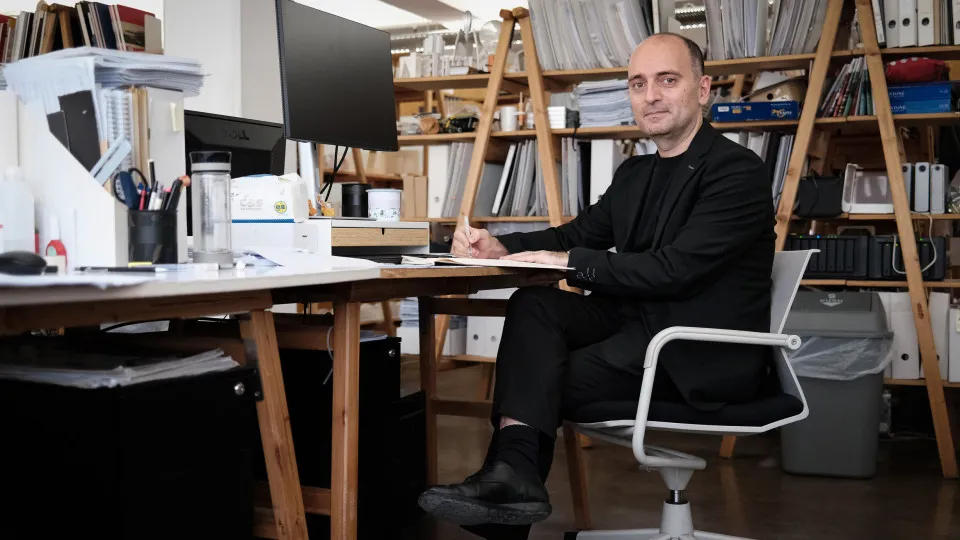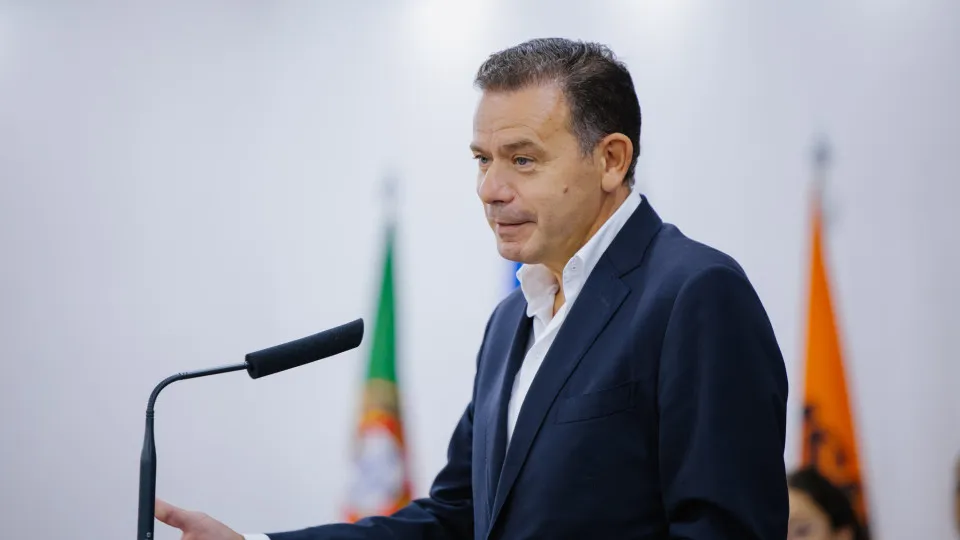
The versatility of bamboo extends beyond temporary constructions, such as the scaffolding that envelops skyscrapers under construction, to structures like Cantonese opera stages erected during festivals, giant sculptures designed by artists and students, or even historical instances such as the makeshift bamboo bullfighting arena in central Macau during the final days of Portuguese administration.
Portuguese architect and academic Nuno Soares identifies “an untapped potential” in using bamboo for permanent structures. While regulations currently only cover temporary projects, Soares advocates for its broader application in architecture and construction, emphasizing the need for innovation in sustainability, resilience, and aesthetics.
Soares, who first discovered the potential of this remarkable material during a visit to Macau in 1997, has since been exploring its uses beyond the conventional. At the Architecture and Urbanism Center (CURB), founded with designer Filipa Simões in 2014, he collaborates with bamboo craftsmen on research projects.
As the head of the Department of Architecture and Design at the University of Saint Joseph (USJ), Soares annually oversees the construction of a bamboo pavilion in collaboration with the industry. The material used in scaffolding construction is later repurposed.
Describing the initiative, Soares notes that, due to safety concerns, only specialized companies and technicians are permitted to undertake bamboo construction, which combines sophisticated parametric design with traditional craftsmanship.
In exploring permanent constructions, USJ and Thailand’s Assumption University are collaborating on a project to construct a structure whose aging and performance will be monitored over its lifespan.
Although bamboo is prone to degradation, Soares highlights techniques for creating permanent bamboo structures that go beyond temporary solutions, advocating for continued development in this area.
Beyond Thailand, where permanent bamboo construction is backed by specific codes, such architecture is prevalent in other regions, notably in Indonesia, exemplified by the private ‘Green School’ in Bali.
“Bamboo fits within the category of lightweight materials, similar to some metal structures. It’s crucial to use suitable materials. In Macau, with its rich tradition of bamboo usage, it has become integral to the urban landscape,” Soares observes.
He emphasizes the potential applications of bamboo structures, particularly in existing buildings and terraces, where their lightweight nature can enhance existing infrastructure.
Highlighting the evolving bamboo industry, Soares mentions the production of composite products, demonstrating the material’s potential for future innovations.




